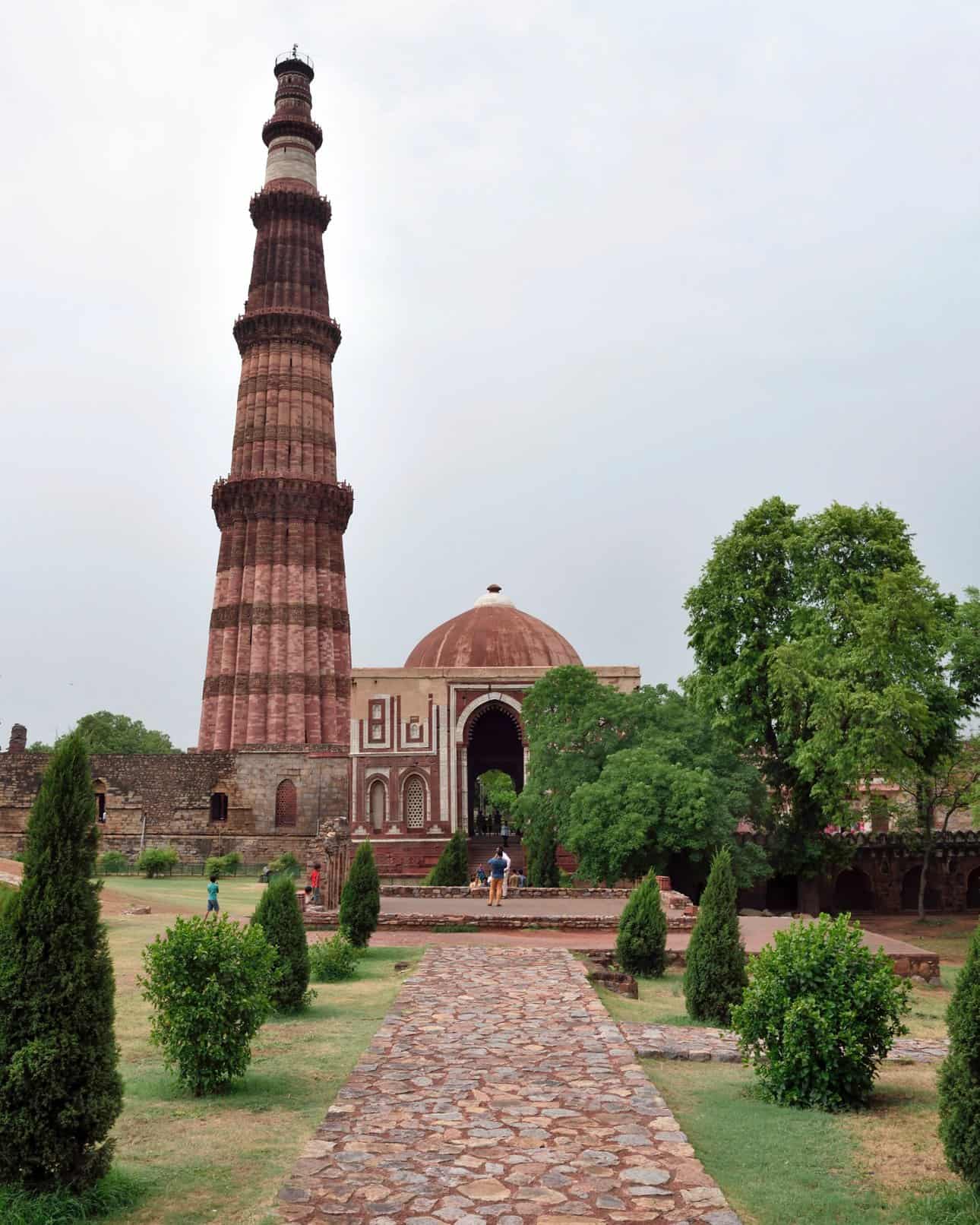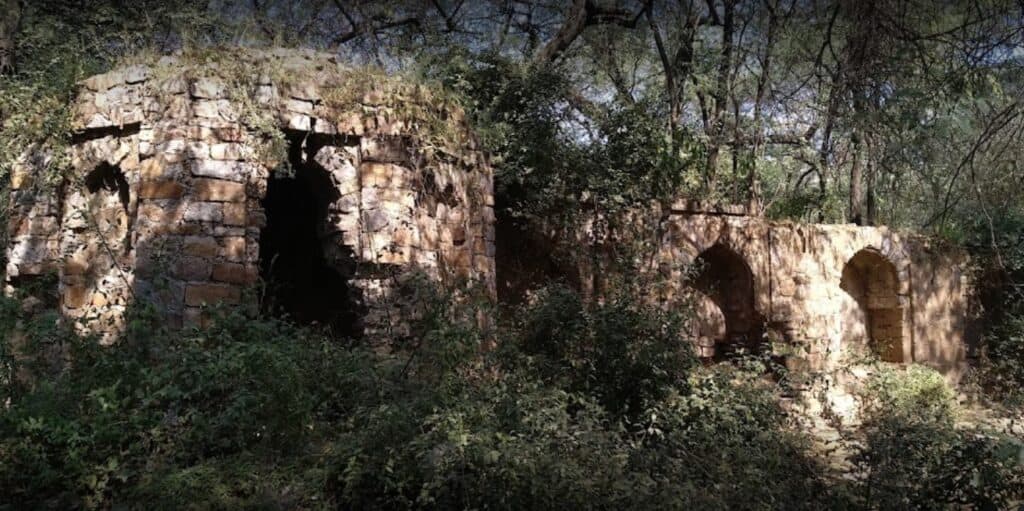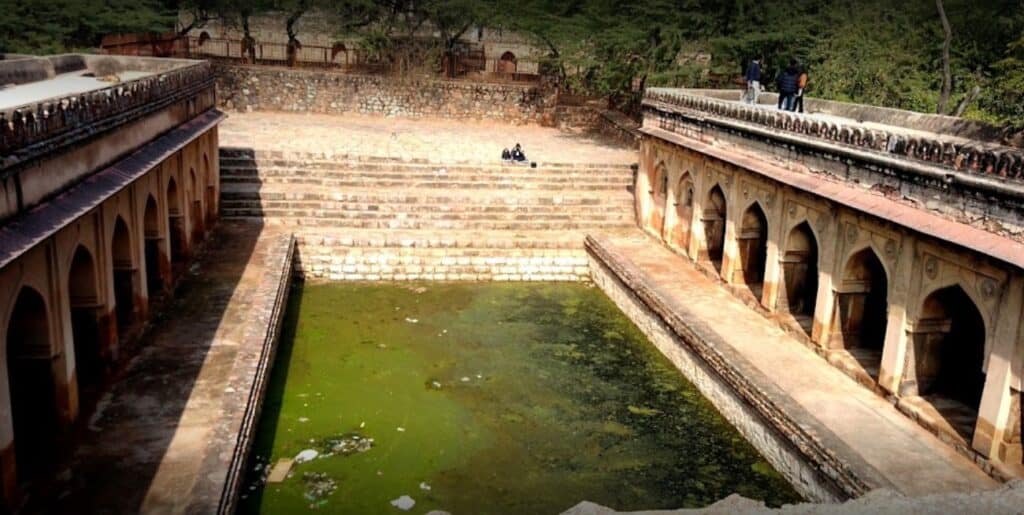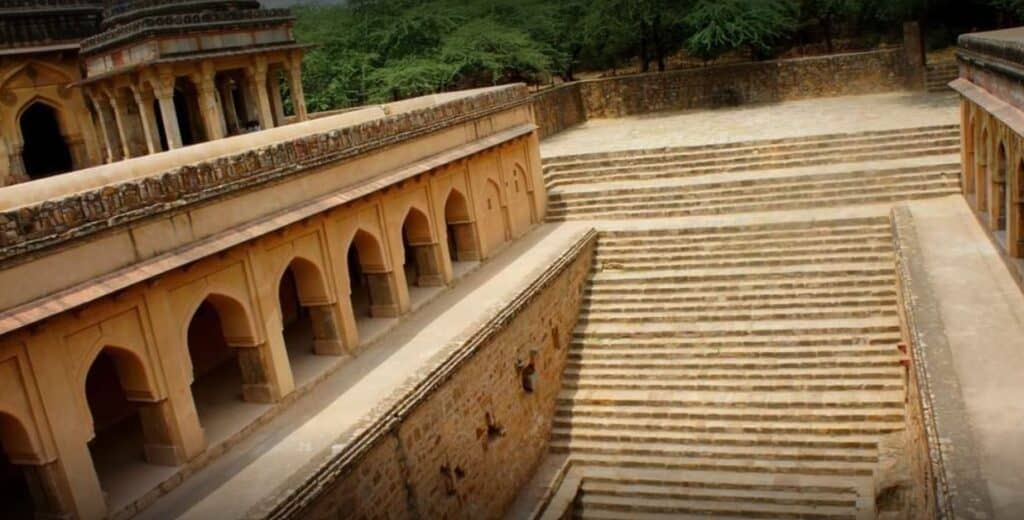Delhi is built on the rocks of its history, and the most important pillars of Delhi are its forts & different cities. Delhi is known for its seven cities & Mehrauli is the oldest of them all. Therefore, it has majorly influenced the architectural patterns of the other parts of Delhi.
Table of Content
What is Mehrauli famous for?
Mehrauli is the best place to relive the various legends of the Delhi Sultanate, from the first sultan, Qutubuddin Aibak, to Ibrahim Lodi, the last. Though Mehrauli is like any ordinary neighborhood today, its past is what distinguishes it in terms of architecture.
It is famous for the Qutb Minar complex, a UNESCO World Heritage Site, and the venue for the annual Qutub Festival. The place and its mesmerizing architecture lead one to the fascinating history with the stories of slaves who climbed the ranks to found the Mamluk dynasty that ruled much of the subcontinent.
The Mehrauli Archaeological Park, a famous historical site, is another primary reason this area attracts visitors.
Location & How to Reach
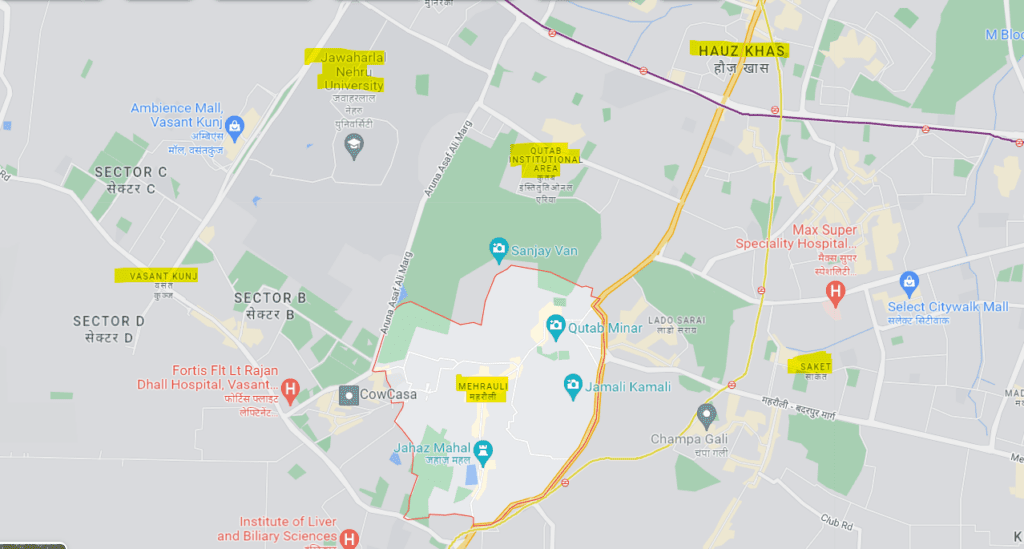
- This region is situated in the South West District of Delhi, with Hauz Khas north, Vasant Kunj to its West, and the Tughlakabad area to its south.
- The nearest metro station would be Qutub Minar on the Yellow Line.
- Mehrauli circumscribes areas such as Khanpur, Malviya Nagar, and Saket. It is easily accessible by road and offers public transport such as buses, taxi cabs, and auto rickshaws that are readily available for hire.
- Mehrauli is situated approximately 11.5 km or 31 minutes from the Indira Gandhi International Airport, 16.2 Kms or 41 minutes from the New Delhi Railway Station, and 20.9 Kms or 52 minutes from the Old Delhi Railway Station by road.
History of Mehrauli
Who built the city Mehrauli & When?
Mehrauli was built over decades by numerous dynasties. First populated in the eighth century, Mehrauli was one of the original cities that later became the city of Delhi. It was founded and named after King Mihir Bhoja of the Gurjara-Pratihara Dynasty and is situated on the outskirts of Delhi.
- It remained the capital of the ruling Dynasties till 1290 AD. Later, the capital was shifted to Siri Fort during the Khilji Dynasty.
- Historically, the first ancient city at Mehrauli, Lal Kot Fort, was constructed by Anangpal I, a Gurjar Tanwar Chief, around 731 AD Anangpal II later expanded during the 11th Century A.D.
- During the 12th Century A.D., Prithvi Raj Chauhan further expanded Lal Kot Fort after defeating the Gurjar Tanwars Clan and taking control of the city.
- After a dramatic defeat of Prithviraj Chauhan, the Hindu dynasty’s rule over Delhi ended in 1191 A.D. The conqueror Mohammed Ghori handed over the administrative charge of the city to his General, Qutb-ud-din Aibak, and then returned to Afghanistan. Many of the present structures, like Qutub Minar, were built by him.
- The citadel wall, observation towers, numerous tombs, and other lofty structures of Mehrauli dominate its hilly landscape. During the Sultanate era, Mehrauli was one of the most magnificent and thriving capital cities.
Other names of Mehrauli

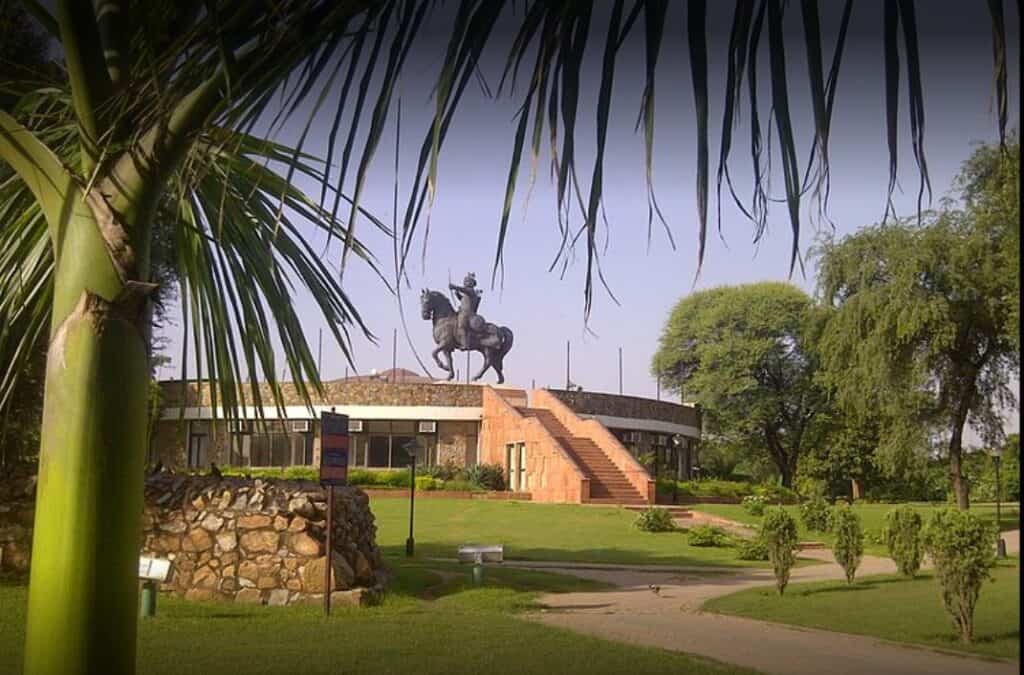
- Mehrauli was initially known as Mihirawali, which means The Home of Mihir.
- According to a 12th Century Jain Scripture, Mehrauli was called Yogninipura, which is believable due to the presence of the famous Yogmaya Temple. This temple is believed to have been built by the Pandavas of the Mahabharata era and is currently situated near the Qutub Minar Complex.
- After defeating the Tomars during the 12th century, Prithvi Raj Chauhan renamed the City Qila Rai Pithora.
- It had often been referred to as Old Delhi till the construction of New Delhi, after which Shahjahanabad was termed Old Delhi.
Places to visit in Mehrauli
Mehrauli is distinguished by its historical past and showcases exquisite monuments and architectural insights. Although the capital was shifted from this region to Siri during the Slave Dynasty, the other Dynasties who once ruled this place have definitely left a distinctive feature in terms of the architecture in this region.
1. Rajon ki Baoli
Rectangular in plan, this is the largest and most ornamented of all the three baolis in Mehrauli. It is a famous stepwell in Mehrauli Archaeological Park of Delhi. The enclosure of Rajon Ki Baoli also includes a mosque and a tomb.
Who built Rajon ki Baoli?
The name Rajon Ki Baoli is derived from the ‘Rajbirs’ or ‘Mistris’ – the term used for masons. It got its name in the early 20th century because of the masons that moved in permanently into the area. This Baoli was constructed in 1506 AD during the reign of Sikandar Lodhi.
Why was it built?
It was built with the primary purpose of storing water in those days. However, it is scorched and renamed Sukhi Baoli or Dry Step-well today. Despite being dry, it does not lose its beauty and charms the visitors with its vision.
How many levels are there in Rajon ki Baoli?
It has a series of steps forming four stages, each in descending size, with floors at each stage leading to the water level from the surrounding ground level. With each step, there are more verandahs at each level; each succeeding underground level is much cooler than the previous one.
How to reach?
It is located in the Mehrauli Archeological Park, Mehrauli Village. The nearest metro station is Qutub Minar on the Yellow Line. From there you can take autos or taxis.
2. Gandhak ki Baoli


As the name Gandhak implies, the water in the step well has sulphur content and hence smells of sulphur fumes, and the water is said to have curative quality.
Who built Rajon ki Baoli?
It is believed to have been built during the early 13th century when Sultan Iltutmish of the Slave Dynasty ruled over Delhi.
How many levels are there in Rajon ki Baoli?
It has a simple plan with five stages or floors at each stage, in a taper-down fashion, with steps leading to the water surface at the lowest level. The stairway here is about 40 meters long and 12 meters wide. On each floor, there are ornate pillared passages. The desilting operations carried out by ASI in 2004- 05 have resulted in the recuperation of the water in the well to a depth of 12m.
How to reach?
Gandhak ki baoli is located at one extremity of the Archaeological Park, about 200m from Rajon ki Baoli.
3. Qutub Minar


- This is the most renowned and visible monument of Mehrauli. The minaret or the victory tower, Qutb Minar in the Qutb Complex, is a protected UNESCO World Heritage Site.
- Built in the early 13th century, it is the earliest example of the synthesis of traditional Islamic architecture and Southwestern Asian design.
- The height of Qutb Minar is 72.5 meters, making it the tallest minaret in the world, built of bricks. The whole tower contains a spiral staircase of 379 steps.
- The stories of the Qutb Minar vary in size, style, and material due to varying architects and builders constructing each section.
- Qutub Minar was an inspiration and prototype for many minarets and towers built.
Explore more about this tower here.
4. Mehrauli pillar or Iron Pillar
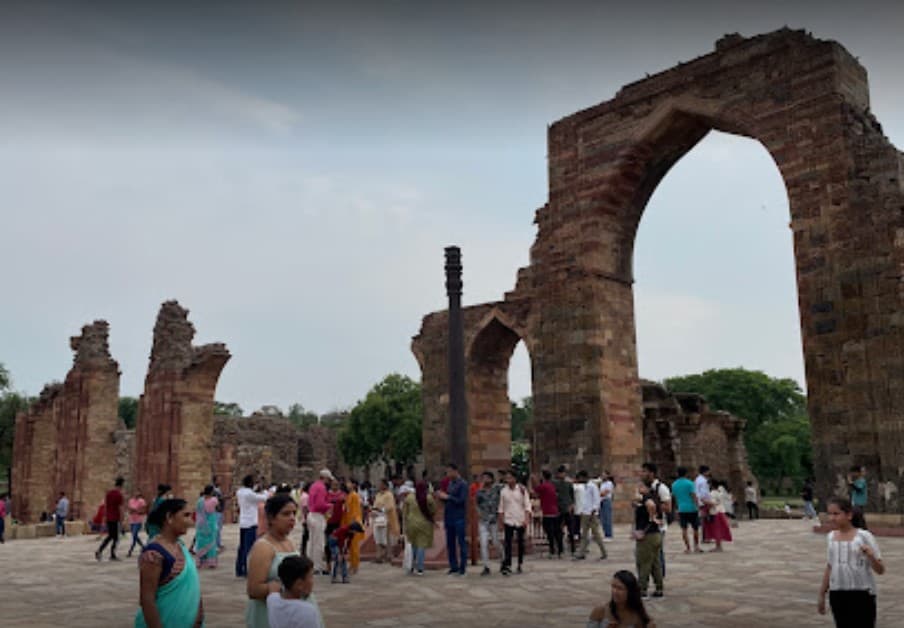
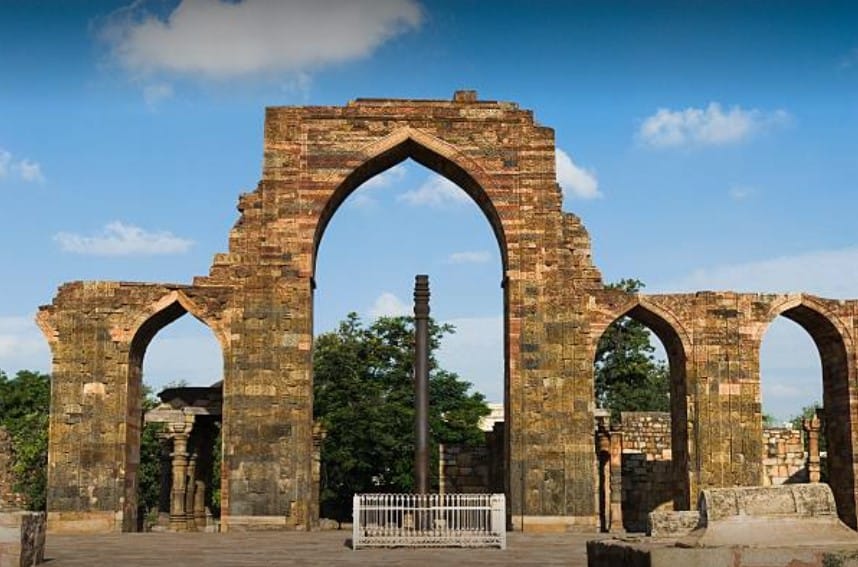
What is the iron pillar famous for?
- Despite being made of 99% iron and having an existence of around 1600 years, it is still not rusted.
- The pillar has attracted the attention of archaeologists and material scientists because of its high corrosion resistance. It has been called a “testimony to the high level of skill achieved by the ancient Indian iron smiths in the extraction and processing of iron.”
What is the history of the iron pillar?
- The iron pillar of Delhi is a structure 7.21 meters high with a 41-centimeter diameter, erected initially during the time of King Chandragupta II (reigned c. 375–415 AD) of the Gupta Dynasty. It stands in the Qutb complex at Mehrauli in Delhi.
- The pillar weighs more than 6 tonnes and is thought to have been erected elsewhere, perhaps outside the Udaygiri Caves, and moved to its present location by Anangpal Tomar in the 11th century.
- The pillar carries several inscriptions of different dates, some of which have not been studied systematically.
- The Sanskrit inscriptions describe the king as a devotee of the God Vishnu and record the erection of a dhvaja (pillar) of Vishnu on a hill called Viṣṇupada (hill of the footprint of Vishnu).
Explore more about this unique pillar here.
5. Mehrauli Archaeological Park
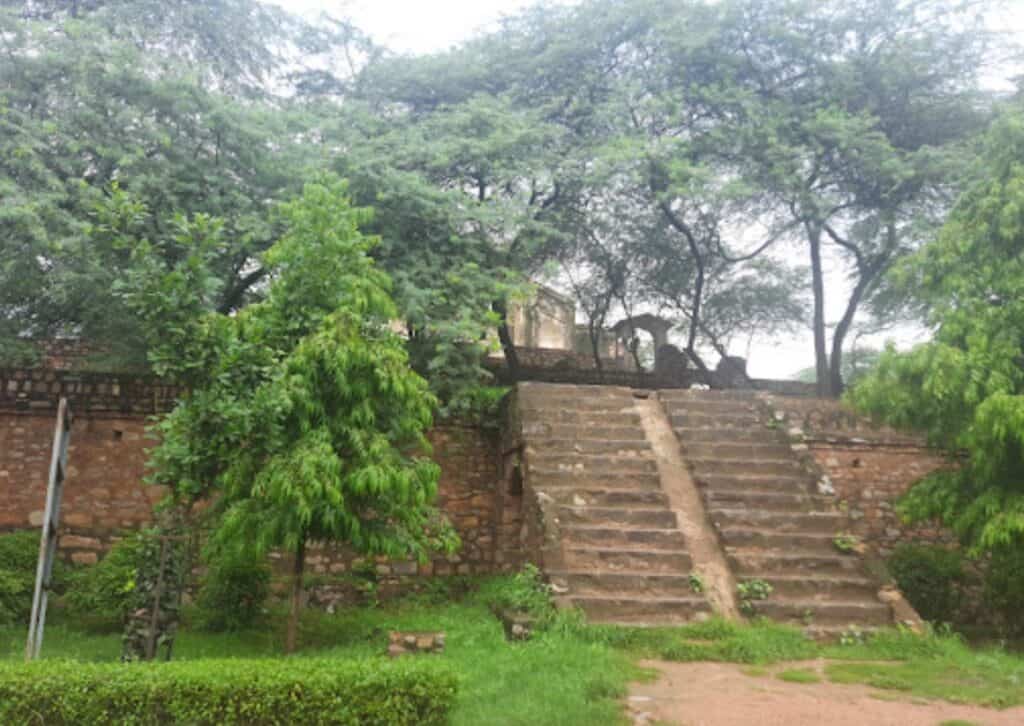
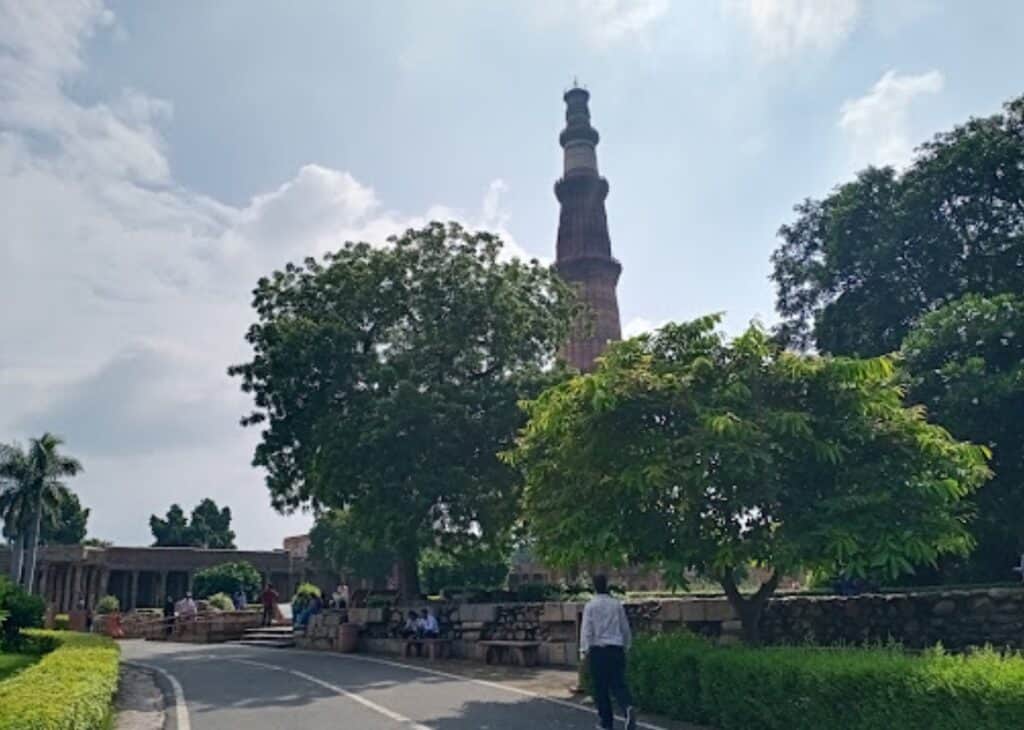
Spanning an area of more than 200 acres, the site displays the rich heritage of India, starting from the Pre-Islamic to the Colonial phase. Mehrauli Archaeological Park accounts for several historically significant monuments, including the remains of the first city of Delhi, the capital of the Tomar rulers in the 11th century. It consists of over 100 historically significant monuments. Some notable monuments are Balban’s Tomb, Rajon ki Baoli, Gandak Ki Baoli, Dargah of Qutubdin Bakhtiyar, and Bagichi ki Masjid. It is the only area in Delhi known for 1,000 years of continuous occupation.
Who built Mehrauli Archaeological Park?
The redevelopment of the area as an archaeological park and conservation of essential structures started in 1997 in collaboration between Delhi Tourism and Transportation Development Corporation, the State Department of Archaeology, the Delhi Development Authority (DDA), and the Indian National Trust for Art and Cultural Heritage (INTACH), which first started systematic documentation of structures in the area and also started conducting heritage walks since 2000.
Over the years, INTACH has restored some 40 monuments in the Park and added signages, heritage trails, and sandstone trail markers.
Is there any ticket to enter this Park?
No, it is free for all.
6. Hazrat Kwaja Qutbuddin Bakhtiyar Kaki Dargah
Who was Qutbuddin Bakhtiar Kaki?
The Mausoleum or Dargah of Khwaja Qutbuddin Bakhtiar Kaki, a 13th Century Sufi Saint and scholar of the Chishti Order, is situated near the Qutub Minar Complex and is also a venue for the ‘Phoolwalon-Ki-Sair’ Festival celebrated every year.
About the Dargah
The Dargah Complex also houses the graves of Mughal Emperors; Bahadur Shah I, Shah Alam II, and Akbar II, which are situated in an adjacent marble enclosure.
The Moti Masjid [Mosque], constructed for private prayer by Mughal Emperor Bahadur Shah I, is situated towards the left of this Dargah.
7. Jamali Kamali Mosque and Tomb
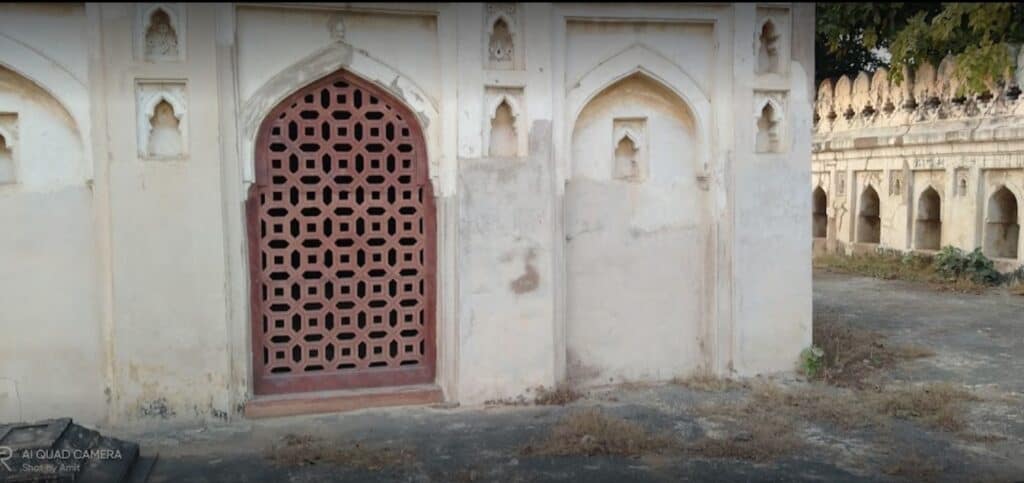
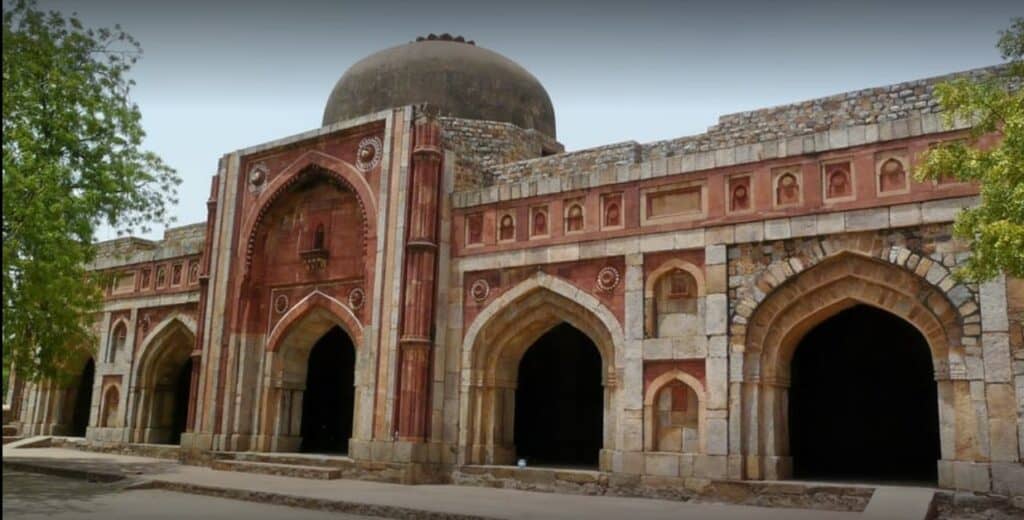
Jamali Kamali Masjid is another significant monument in Mehrauli built in 1528 AD in honor of Sufi Saint Shaikh Hamid Bin Fazlullah, also known as Jalal Khan or Dervish Shaikh Jamali Kamboh Dihlawi.
Who built Jamali Kamali tomb?
His Mausoleum, built in 1536 AD by Humayun, is situated adjacent to this mosque.
What is the story of Jamali Kamali?
Shaikh Fazlullah or Jalal Khan or Jamali was a saint and poet who resided in the region between the reign of Sikandar Lodhi and Humayun. The tomb has two graves, one of Jamali and the other of Kamali, and it is unclear who Kamali was.
Is Jamali Kamali’s tomb haunted?
There is a strong legend of this place being haunted by Djinns.
Markets & Shopping in Mehrauli
As one of Delhi’s oldest “cities,” Mehrauli has seen dynasties fight for her, like someone fighting for their beloved. Mehrauli village has survived and thrived as a spiritual center, a trading post, and a wholesale market. It is now among the favorite destinations for the city’s elite to buy couture wedding wear.
Multiple Markets
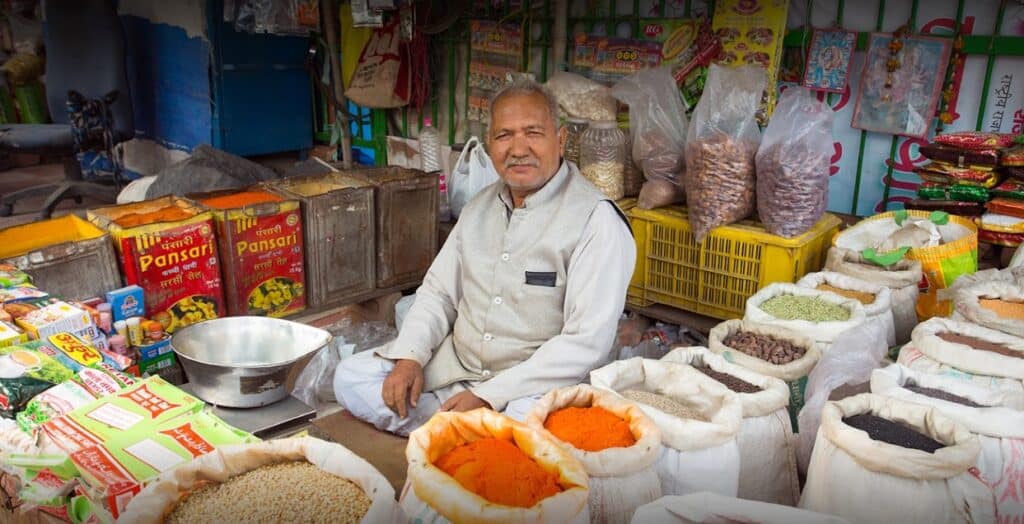
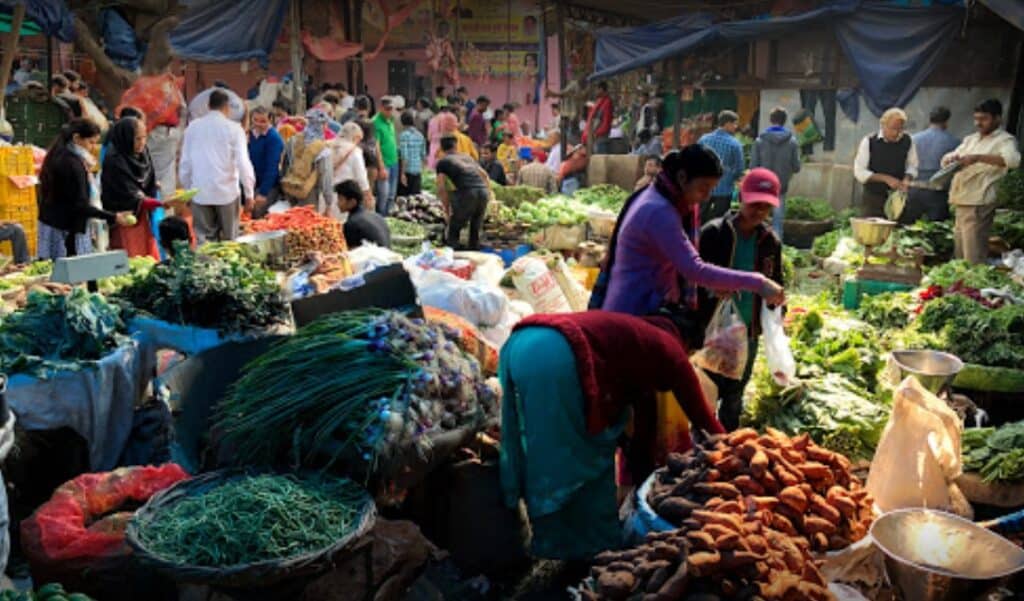
- The Mehrauli region is famous for its markets which start on both sides of the road & continue till the labyrinthine alleys of the Mehrauli Village.
- The first market near the metro station is the non-vegetarian market, where you can purchase all kinds of fresh animal meat. You will also get many fish varieties here that aren’t available in other parts of Delhi.
- The vegetable market starts right after; it is also known as Subzi Mandi or a hub for fresh & cheap vegetables.
- The next market is a fantastic place for getting all types of regular wooden & metal objects along with furniture for your house. It is a market stocking big almirahs, beds, dressing tables, shoe racks, etc.
- This roadside market more or less finishes off here. On the right is Adham Khan’s Tomb – Bul-Bulaiyan, built by Emperor Akbar in the memory of his brother & on the left is the Mehrauli bus terminus.
- From here onwards, the market is located only in the narrow lanes of Mehrauli. In this wholesale market, you get all types of spices, pulses, grains & other daily articles at very reasonable prices.
Wedding Shopping in Mehrauli- Kalka Das Marg
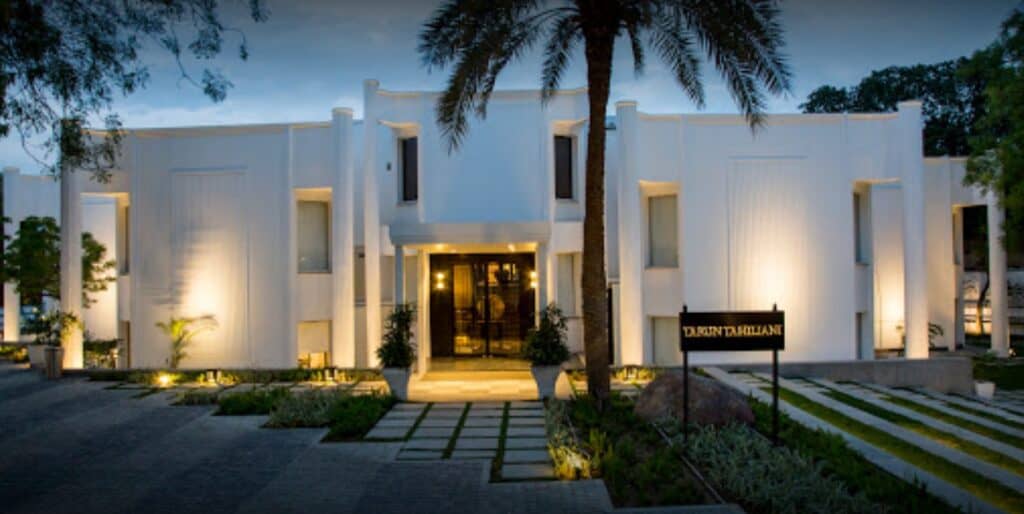

Mehrauli, specifically Kalka Das Marg, opposite Qutub Minar, is now home to some of the most prominent designers in the country. You will find Gazal Gupta, Tarun Tahiliani, Sabyasachi, Anita Dongre, Kayra, Rimple & Harpreet Narula & other famous designer stores here. There are also numerous multi-designer stores like Carma, giving you many options under one roof.
Besides the architectural delights and the market to visit, Mehrauli is a well-planned region with its residential complex with schools and hospitals situated nearby. The Jawahar Lal Nehru University and the Indian Institute of Mass Communication are a few of the several other educational institutes in this area.
Mehrauli is a place that engrosses historians, archaeologists, pilgrims, traders, and tourists, and it never ends up fascinating its visitors.
- Explore Delhi with This easy to follow Itinerary - August 12, 2024
- Guardians of the Game: The Critical Role and Unwavering Necessity of Fraud Verification Companies in Korea’s Toto Ecosystem - February 20, 2024
- Discover These Top Scenic Treks near Delhi - January 31, 2024

